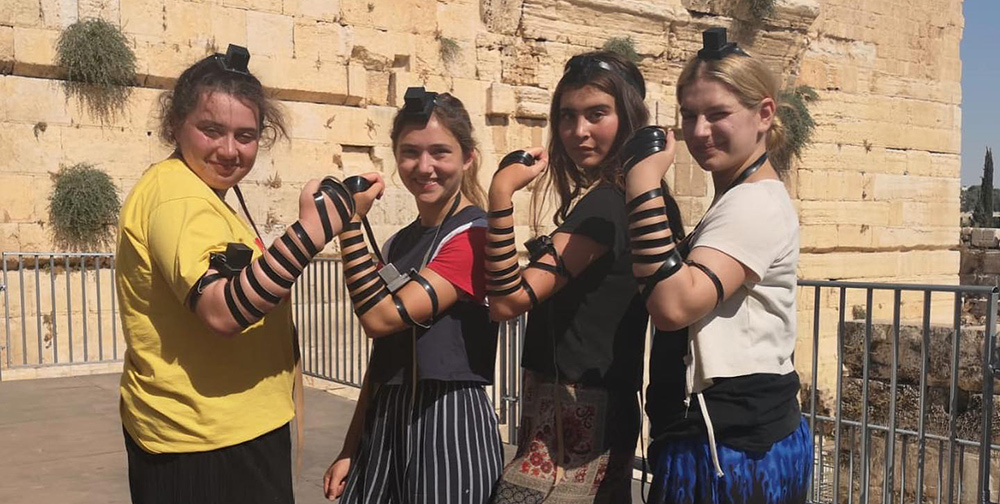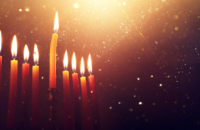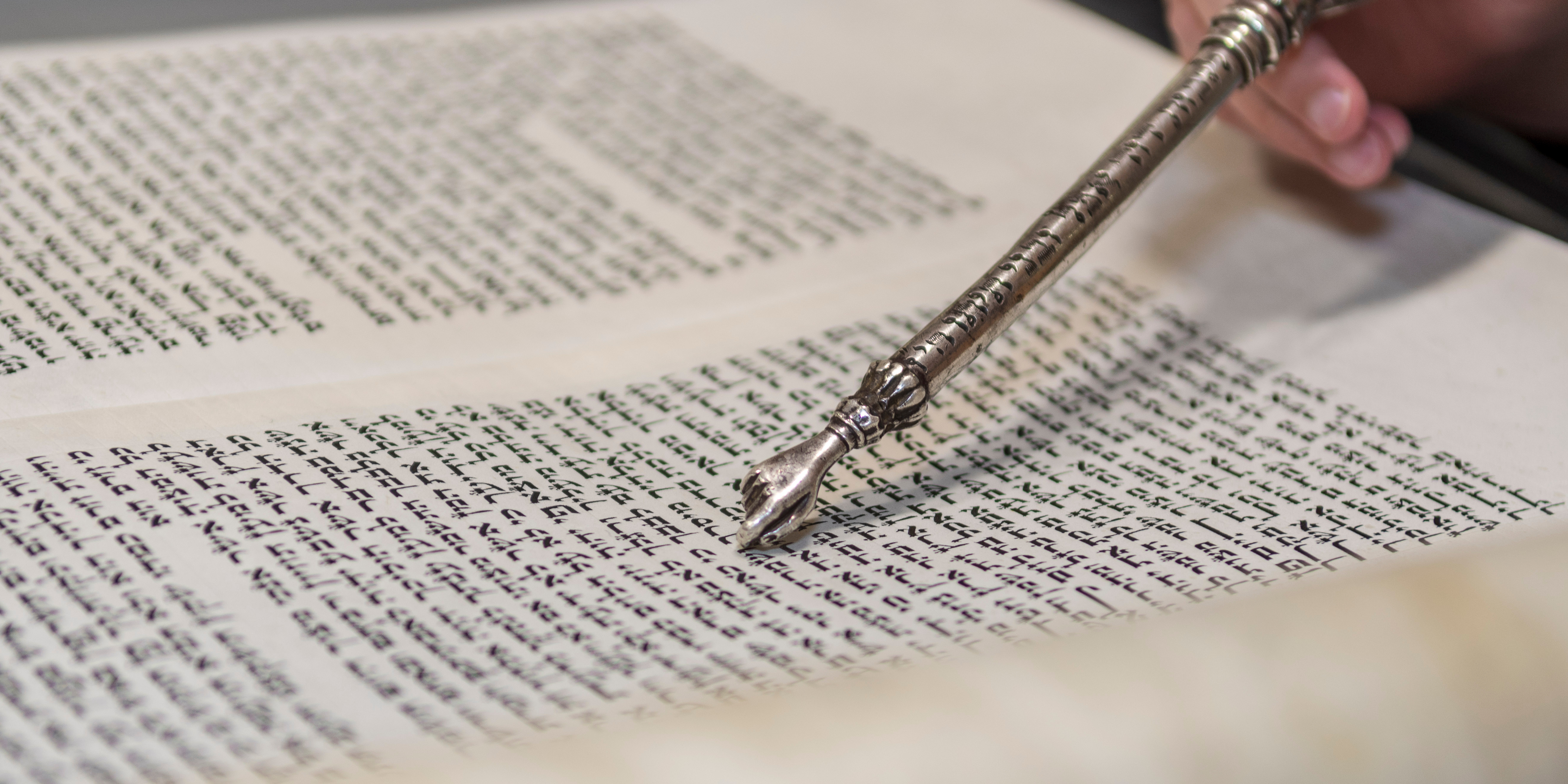Yom Kippur

Recently I taught a course on Embodied Judaism to a bunch of rambunctious fifteen-year-olds. We explored disparate topics: the asher yatzar blessing said after going to the toilet; the Golem of Prague; Talmudic notions of gender. We started to parse the halachic considerations around aesthetic cosmetic surgery. We chatted to an avid bodybuilder, and to a person who works in palliative care. We experimented with props that allowed us to experience loss of sight, hearing, and the fluent motions of our hands. The message I hope I imparted was that we encounter the world through our bodies, and that being an embodied creature brings opportunities to experience holiness.
T’vilah– immersion in a mikveh (ritual bath) – is the mitzvah that most completely invites us to experience holiness through our bodies. Full immersion returns us fleetingly to the primal environment from which we collectively evolved, and in which we individually gestated prior to our birth. There is a tradition to immerse in the mikveh before Yom Kippur. In part, this is a relic of the original Yom Kippur Temple rite of the High Priest which involved several acts of purification.
But there’s also something else going on. Rabbi Akiva comments on a phrase used by the prophet Jeremiah, who twice refers to God as mikveh Yisrael (Jeremiah 14:8 and 17:13). Mikveh means both “hope” and “a collection [of water]”. Rabbi Akiva remarks that just as a mikveh purifies the impure, so too does God purify Israel (Mishnah Yoma 8:9). Yom Kippur offers the prospect of purification. Of course a person has to work to do – t’shuvah – to renew themselves, but the act of immersion can be a powerful gesture to accompany the inner work. It also links us to our ancestors, and to an earlier phase of our collective evolution.
So, in a ritual that I treasure, I visit the mikveh before Yom Kippur. In the water I reflect on and give thanks for the complex and fantastic machine that is my body. I contemplate the mystery of how my body both houses me and is me. From the elemental experience of my body, I am able to bring to mind the people who matter to me: my parents, my husband, my children, my siblings, other relatives, friends, the wider community, and myself too. I reflect on my relationship with each of them and pray that they experience blessing and fulfillment in the coming year.
After visiting the mikveh, I feel calm. I have been able, through immersion, to connect with both the immanent (myself) and the transcendent (the Divine). Immersion has dissolved things that felt fraught. I recall that “atonement” really does derive etymologically from at-one-ment, with its suggestion of reconciliation between parties that have been estranged and embattled. I feel ready for Yom Kippur. And also for what lies beyond.



